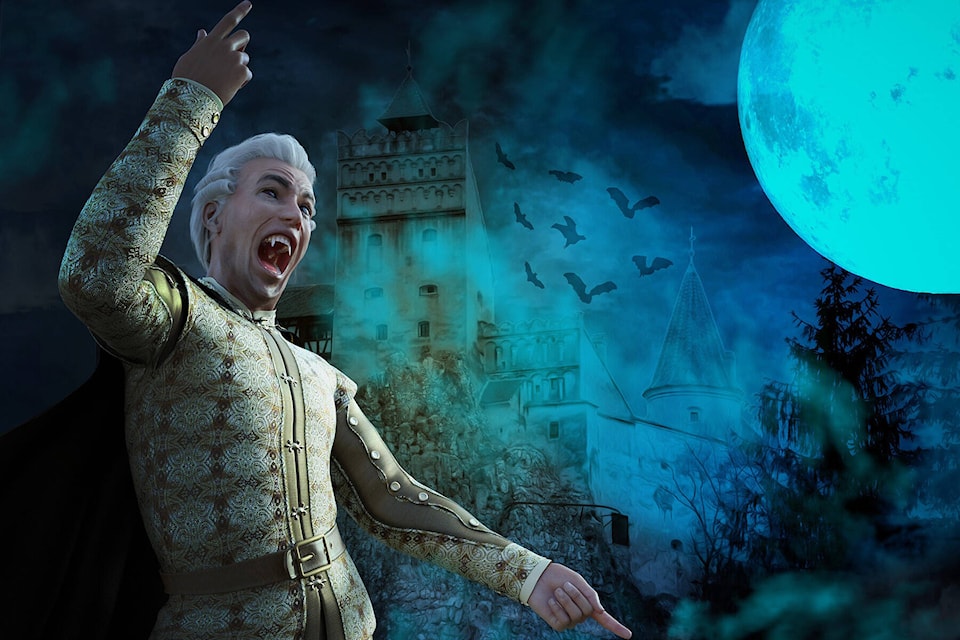There are a few rules that apply to seemingly all vampires, regardless of whether they appear in movies, TV, or books.
There’s the blood drinking. There are the fangs, often two sharp canines that leave paired puncture wounds on the neck. Usually, you can kill them with a stake through the heart, or by cutting off their heads. Finally, there’s the hatred of sunlight – it’ll burn them to ashes.
Whether it’s the roaming redneck vampires of Near Dark or Bela Lugosi in his silk opera cape, those rules might get bent or broken, but some are close to universal – especially the one about sunlight.
The first time anyone heard the word “vampire” in English would have been in the 1700s. That’s when reports spread of a vampire panic in what is now Serbia. Local peasants were dying, they blamed various neighbours of theirs who had allegedly risen from their graves to torment them at night. As more people died, more of them were infected and allegedly rose as well.
The locals dug up the bodies, drove stakes through their hearts, and burned them. The Austro-Hungarian authorities – who ruled that region at the time – wrote up reports on what they considered to be little more than peasant superstition, and those translated reports brought both the word vampire and the concept into England, France, and Germany.
But although these set the basis for vampire stories (undead, stake through heart, etc.) they contained elements that never made it into fiction, such as the idea that eating dirt from the grave of a vampire could protect you from becoming one.
Vampires entered literature first in poetry in the 1700s, then in prose in 1819 with John Polidori’s The Vampyre. Numerous novels and plays would follow, most notably Sheridan le Fanu’s Carmilla, in 1872.
But it was Bram Stoker’s Dracula, in 1897, that would set the template. Stoker created many of the classic vampire tropes, including the association with bats.
Le Fanu and Stoker would between them standardize the image of a vampire – often wealthy or a noble, sleeping in coffins, the small marks left behind after biting victims.
But both Carmilla and Dracula go out in the sun. Neither seems to like it much – Carmilla complains of weakness, and in Dracula, Dr. Van Helsing says the count loses most of his powers during the day.
Maybe some SPF 50 would have helped.
The idea that sunlight is not only unpleasant but actively harmful to vampires was created in 1922, in the German silent film Nosferatu. An uncredited adaptation of Dracula, it follows the novel’s plot closely, but instead of killing its count with a stab to the heart from a Bowie knife (yes, that is how Dracula dies in the novel) director F.W. Murnau chose to show his Count Orlok lured in by a victim. Via a double exposure effect, Orlok fades away when exposed to direct sunlight.
The effect was so striking that it seeped into vampire lore for decades, and became more iron-clad than stakes or garlic.
Happy Halloween, and remember your sunscreen!
RECENT PAINFUL TRUTH: Coining a few new phrases
READ ALSO: PAINFUL TRUTH: Money for (almost) nothing
